Although acronyms are supposed to make it easier to learn a new set of words, I think we are starting to suffer from acronymical confusion.
Some of these acronyms have been with us a long time, or they have been popularized through various media. I'm quite sure you are familar with the YMCA. You may even be a member. And I have little doubt that you know about the CIA, EPA, and FBI. However, you are probably not familar with the growing number of "green building organizations" and standards that have sprouted in the last twenty years.
LEED (Leadership in Energy and Environmental Design)
Organization: USGBC (U.S. Green Building Council)
Summary: Perhaps the most recognized green building standard, LEED is a comprehensive standard that covers just about every aspect of construction. It is a sliding scale system. Although you must meet a certain number of points to earn the certification, there are several levels: silver, gold, and platinum. Although it emcompasses both residential and commercial construction, its primary focus is multi-family and commercial projects.
Pros: It covers a broad range of issues, from location efficiency and pollution reduction, to stormwater management and regional material use. It even has a category for bird collision deterrence.
Cons: Critics argue that it fails to adequately address energy efficiency, or that it has encouraged "glass box" architecture. Unsubstantiated energy efficiency claims was even the topic of a $100M class action lawsuit (dismissed in court). The level of documentation required makes this standard cumbersome and expensive for residential projects.
ENERGY STAR
Organization: EPA (Environmental Protection Agency)
Summary: A program of the U.S. federal government, this program focuses on reducing energy use in homes. Certified projects must pass either a prescriptive path or a performance path.
Pros: The name is widely known for its association with energy efficient appliances, and has solid branding because of consumer recognition.
Cons: In years past, critics said that the program lacked any teeth, that it was too easy to meet the standard (performance monitoring of certified houses showed marginal savings). A recent update, Version 3.0, is more rigorous.
EARTHCRAFT
Organization: Southface Energy Institute
Summary: This standard focuses on reducing the consumption of resources, energy, AND water. It applies to new homes, multi-family housing projects, and light commercial construction. Certified projects must pass a number of criteria and tests. The organization says that Earthcraft houses are projected to save 30% compared to code-built houses.
Pros: This standard covers a number of issues, and it does so without adding a lot of complexity to the building or certification process. It focuses on issues that are specific to the Southeastern part of the U.S. It has the backing of the U.S. Department of Energy, as well as the Environmental Protection Agency.
Cons: This standard does not address all aspects of sustainable construction. Also, it is only available in the following states: VA, NC, SC, TN, GA, and AL.
PASSIVE HOUSE
Organization: PHIUS (Passive House Institute US)
Summary: An offshoot of the German based Passivhaus concept, this standard focuses mainly on reducing heating and cooling loads (although overall energy consumption must also meet a strict limit). Certified consultants must model the project using a complex spreadsheet, then test for certain criteria.
Pros: It is one of the most rigorous standards for energy efficiency. Savings are projected to range from 60-70% compared to code built houses.
Cons: The standard only addresses energy consumption. It ignores other issues related to green building. Critics argue that the standard lacks any feedback on cost efficiency, and that it is excessive for some parts of the country.
Other standards include:
LIVING BUILDING CHALLENGE
Organization: ILFI (International Living Future Institute)
ICC-700 NATIONAL GREEN BUILDING STANDARD
Organization: NAHB (National Association of Home Builders)
Regional programs are available too. Literally, there are dozens of local green building programs. Some localities are requiring builders to rate new houses using the RESNET developed HERS Index:
With our society's level of sophistication, it is hard to image that this will ever become a simple topic, or that organizations will stop using acronyms. So I'll leave you with one more: KISS (Keep It Simple Silly). For designers and builders of high performance homes, the KISS principle still applies.
--------------------------
*We have Franklin Delano Roosevelt to thank for being the first to prepare a linquistic feast of acronyms. Back in the '30s, when FDR rolled out the New Deal, reporters struggled to deal with the huge number of new government agencies formed by this legislation. Sarcastic observers started calling them the alphabet soup agencies. Today, these agencies are quickly becoming TNTC (Too Numerous To Count ;)

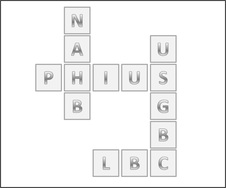
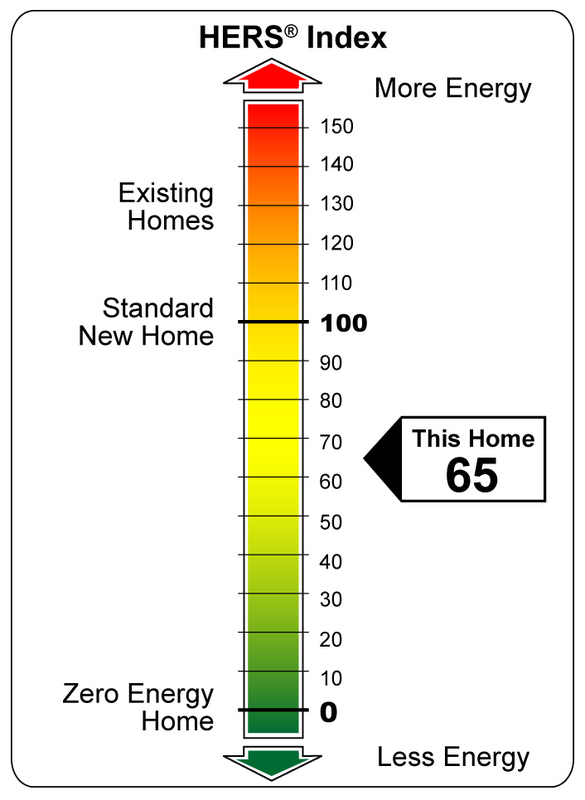
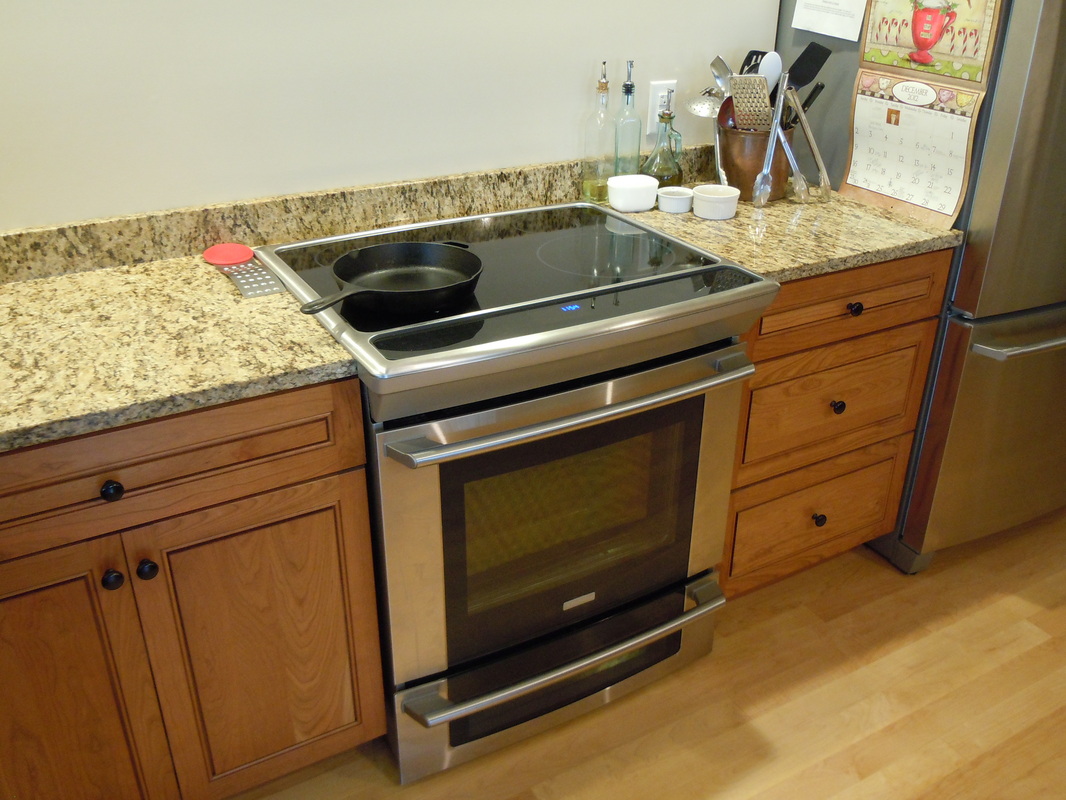
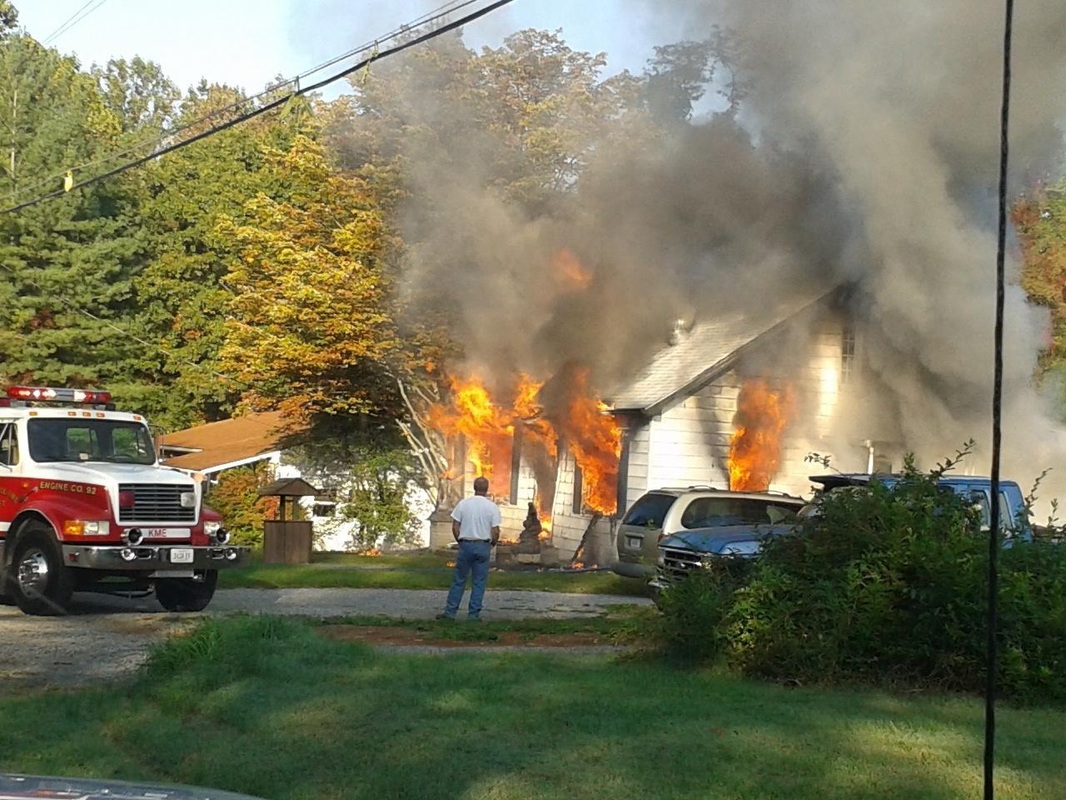
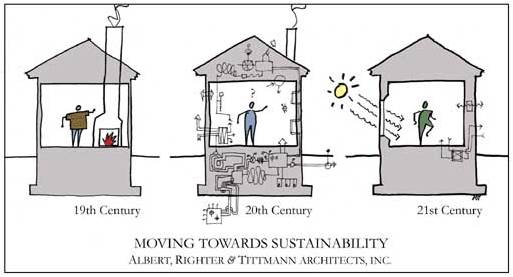
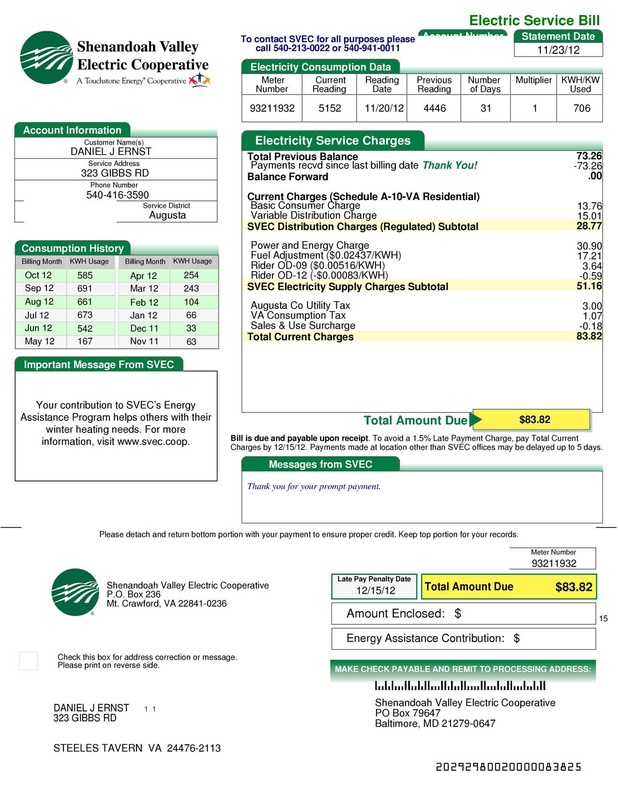
 RSS Feed
RSS Feed